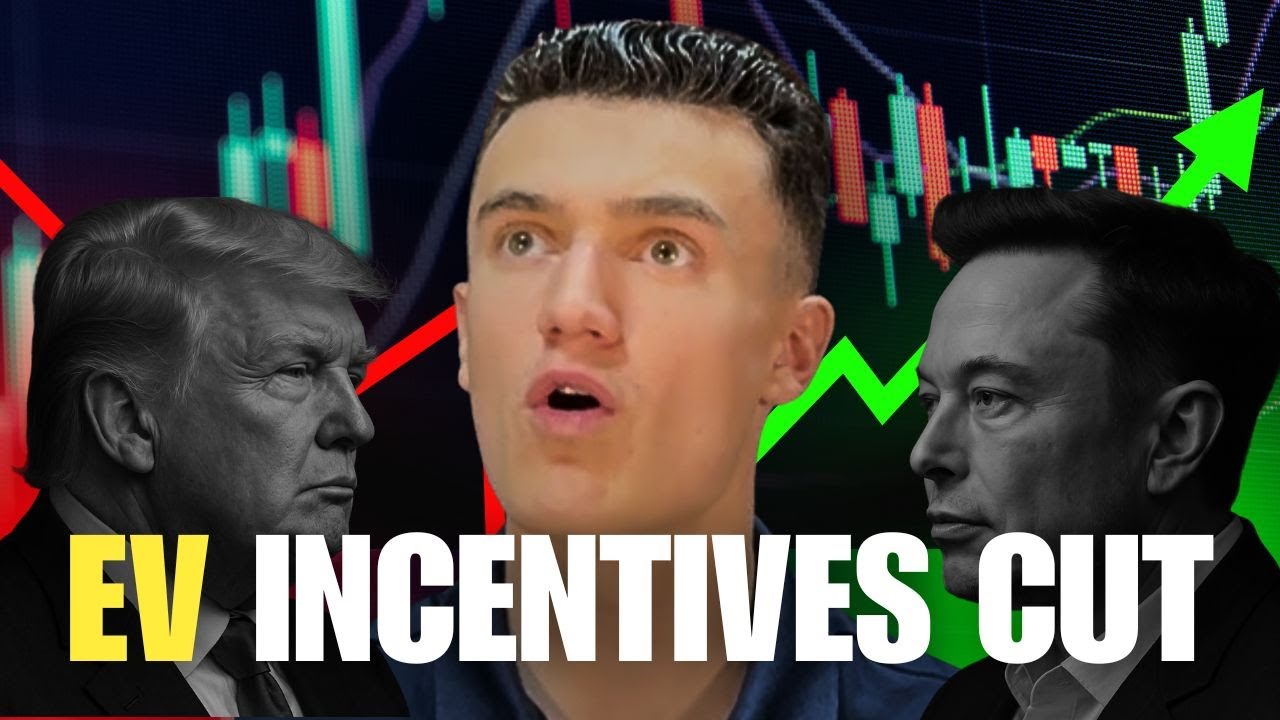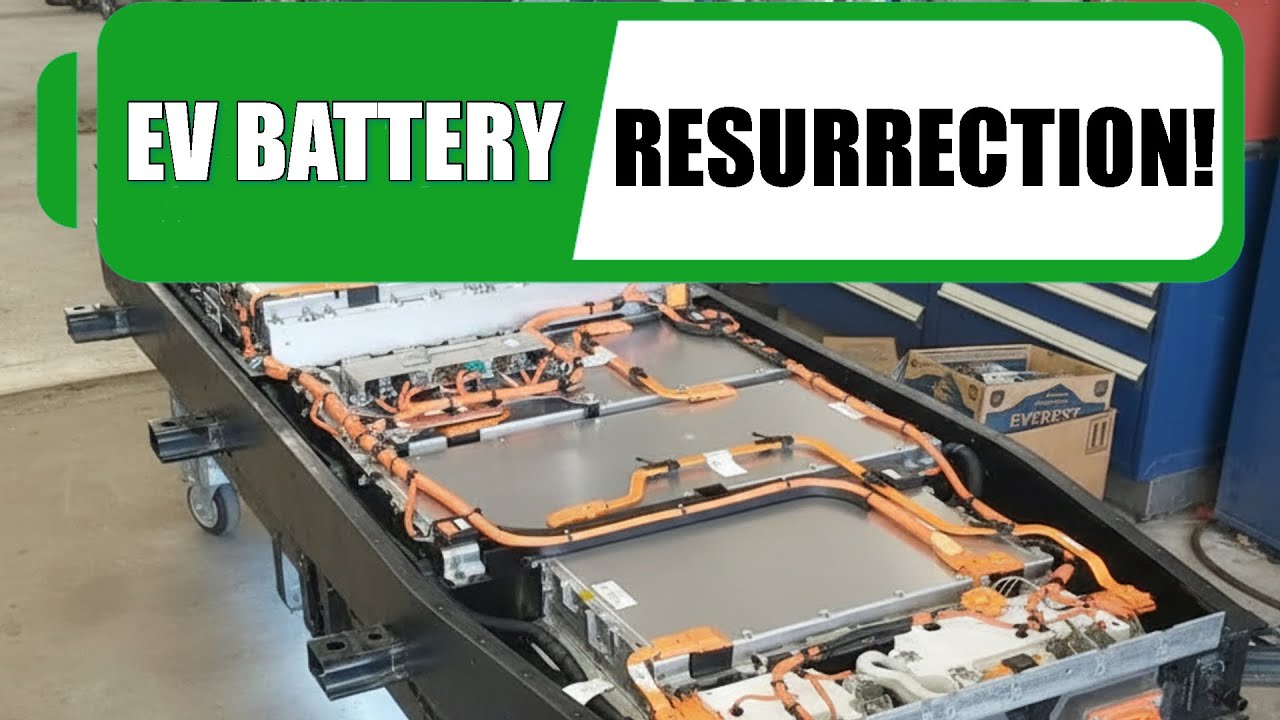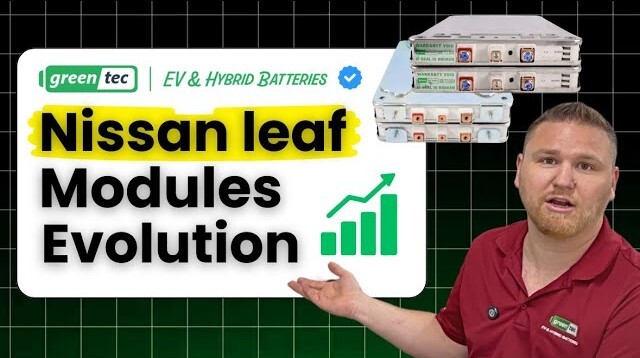Overview
Headlines across the internet claim EV growth will collapse now that government incentives and EV tax credits are being phased out.
But is that really true?
In this guide, we’ll break down the real data behind EV incentives, tax credit eligibility, and EV market growth forecasts. You’ll learn:
- How much U.S. EV sales are expected to rise by 2030
- Who actually uses the $7,500 federal EV credit
- What the real cost-of-ownership savings look like
- How dropping battery prices are reshaping the market
Let’s separate facts from hype — and see whether EV demand truly depends on incentives.
EV Incentives in 2025: What’s Really Changing
GM CEO Mary Barra said it directly:
“The $7,500 EV tax credit is driving demand — and without it, things will slow.”
That’s fair. Incentives influence consumer behavior. But slowdown doesn’t equal collapse.
According to BloombergNEF, U.S. EV sales are forecast to rise from 1.6 million in 2025 to over 4.1 million by 2030 — nearly triple growth. That’s still one of the strongest projections in any automotive segment.
So why all the noise about incentives?
Because eligibility rules changed in early 2024. The federal EV tax credit (known as the Clean Vehicle Credit) now requires:
- Final assembly in North America
- Battery components sourced from approved trade partners
- Critical minerals from non-restricted countries
As a result, only 13 out of 50 EV models qualified for the full $7,500 credit at the start of 2024.
However, that’s just the federal picture. State and local incentives remain strong:
- California: up to $7,500 additional state rebate (CVRP)
- Colorado: $5,000 tax credit through 2025
- New York: $2,000 rebate under the Drive Clean program
When you combine federal and state incentives, thousands of buyers still qualify for significant savings — even if fewer cars meet all requirements.
Remember the Flying-Car Predictions?
In the early 2000s, we were told we’d have flying cars by now.
Reality check: change takes time.
EVs face the same journey — progress, setbacks, breakthroughs. Some countries plan for 100 percent zero-emission new-car sales by 2030, but challenges like charging-station infrastructure and battery-supply logistics slow things down.
Still, EV adoption is moving faster than experts once believed, even without perfect conditions.
How EV Incentives Actually Work (and Who Uses Them)
At the start of 2024, stricter battery-sourcing rules meant many buyers couldn’t claim the full federal EV credit — yet EV sales kept climbing.
U.S. Treasury data:
- June 12, 2024: approximately 150,000 point-of-sale credits issued
- October 1, 2024: over 300,000 credits, totaling more than $2 billion applied at dealerships
- 64 percent of EV buyers used the credit
- 27 percent of eligible buyers didn’t even claim it
That shows the credit is helpful, but it’s not the main driver of sales.
In fact, internal data from several automakers shows that many buyers prioritized performance, fuel savings, and brand trust over the incentive amount.
EV adoption today is led more by vehicle quality than temporary discounts.
The Real Cost and Long-Term Savings of an EV
Even without incentives, EVs can outperform gas cars financially over time.
| Category | Gas Vehicle | Electric Vehicle |
| Average Purchase Price (2025) | $48,000 | $57,000 |
| 8-Year Maintenance Cost | $6,500–$12,000 | $3,000–$4,000 |
| 8-Year Fuel vs Charge Cost | ~$16,000 (gas) | ~$6,000–$8,000 (charging) |
| Net Savings @ 8 Years | — | ≈ $6,000 ahead — even without incentives |
These estimates come from a mix of DOE and industry data, showing that the total cost of ownership for EVs continues to drop every year.
Beyond fuel and maintenance, depreciation gaps between gas and electric cars are also narrowing.
In 2018, used EVs retained about 28% of their value after 3 years. In 2025, that’s expected to exceed 45%, largely because battery reliability and consumer confidence have improved.
So while the upfront sticker price may be higher, the long-term economics favor EVs — especially when energy prices fluctuate.
Battery Price Trends: Proof from the Field
Battery cost declines tell the real story of EV progress.
In 2013, replacing a Toyota Prius hybrid battery cost around $2,295 for a 24-month warranty — and Greentec Auto had just two locations.
Today, across 34+ Greentec Auto service centers in the U.S., Canada, and U.K., the same battery swap starts at $999 with a 48-month warranty.
That dramatic price drop is the result of:
- Improved lithium-ion chemistry (from nickel-metal hydride to lithium iron phosphate)
- Automation in pack assembly reducing labor costs
- Better supply chain localization, lowering logistics and import fees
- Cell standardization (fewer form factors, more consistency across models)
The Bigger Picture: Experience, Expertise, and Trust
This analysis comes from over 13 years of hands-on EV battery testing and more than 300,000 successful installs.
We’ve seen firsthand how battery reliability, sourcing, and pricing have evolved — and why growth depends more on innovation than government policy.
When BloombergNEF, the U.S. Treasury, and field data all agree, the pattern is clear: EVs are here to stay.
Bottom Line
Yes, government EV incentives and tax credits help jump-start adoption.
But the market’s foundation is now strong enough to stand without them.
Growth will continue — maybe not flying-car fast, but steady, profitable, and increasingly self-sustaining.
So when the headlines scream that EVs are doomed once incentives fade, remember the facts:
Technology, cost reduction, and consumer trust are the real incentives now.



